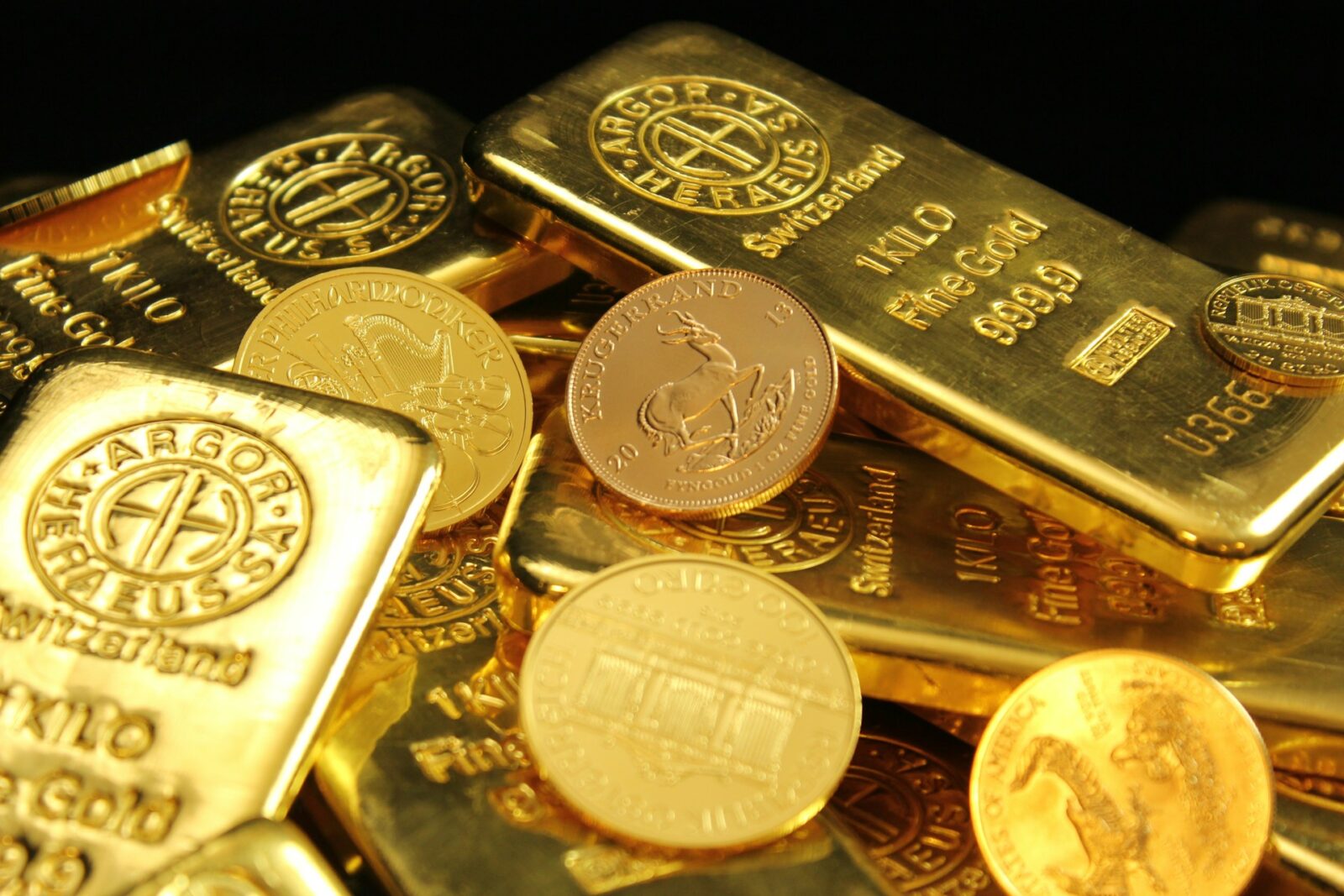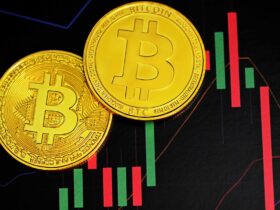Gold’s Rally Hits a Pause as Traders Reassess Interest Rate Expectations
Gold has been one of the standout performers of 2025, surging to all-time highs as global investors sought safety amid geopolitical tensions, shifting monetary policy expectations, and record central-bank purchases. But after months of steady upward momentum, the precious metal is experiencing a notable pause. With the Federal Reserve signaling hesitation toward cutting interest rates — and markets digesting a massive data backlog caused by the historic US government shutdown — gold’s short-term direction has become more complicated.
This recent pullback marks the third straight day of declines, raising questions among traders who have been overwhelmingly bullish all year. Yet while the immediate landscape looks uncertain, many analysts argue that the medium-to-long-term outlook for gold remains strongly supported by structural factors such as fiscal stress, growing central-bank reserves, and expectations of a softer US dollar ahead.
Below is a complete breakdown of what’s behind gold’s downturn and why investors may want to pay attention to every data release in the coming weeks.
Gold Extends Its Decline as Rate Cut Expectations Slip
Gold prices fell as much as 0.8%, deepening losses from the previous session, when the metal dropped more than 2%. The move comes as traders increasingly doubt that the Federal Reserve will cut rates in December, reversing expectations that only weeks ago seemed almost certain.
Why Rate Cuts Matter for Gold
Gold is a non-yielding asset, meaning it does not generate interest or dividends. Therefore:
- Lower interest rates → decrease the opportunity cost of holding gold
- Higher interest rates → make gold less attractive relative to bonds and cash
With Fed officials signaling hesitation, the market’s confidence in a near-term rate cut has weakened substantially, creating downward pressure on gold prices.
Data Backlog Creates Unusual Uncertainty for Both Traders and Policymakers
The US government shutdown — the longest in the nation’s history — created a six-week blackout of key economic data, including:
- Job reports
- Wage growth statistics
- Consumer inflation readings
- Retail spending patterns
Without this information, the Federal Reserve has been more cautious in aligning its rate strategy. Policymakers are not willing to commit to cuts until they can review the delayed reports.
Market Reaction Remains Split
Only a few weeks ago, traders had nearly fully priced in a quarter-percent rate cut for December. Now, sentiment is divided, with odds fluctuating daily as investors wait for fresh economic numbers.
Analyst Hebe Chen of Vantage Markets explains the current environment perfectly:
“The shutdown is over, but the data fog it created is still clouding markets. The next few weeks will deliver numbers we barely have a handle on. That keeps the Fed’s rate-cut path far from clear.”
Until the data releases resume, the market is likely to remain tense — and gold may continue experiencing choppy price movements.
Asia Market Dynamics Add Additional Pressure on Gold Prices
While global macro forces are playing the biggest role in gold’s retreat, regional factors in Asia are also contributing to short-term weakness.
India: Volatile Prices Shake Physical Demand
India, one of the world’s largest consumers of physical gold, is witnessing noticeably weaker buying activity. Dealers are offering steep discounts due to:
- Recent price volatility
- Buyer hesitation during uncertainty
- Reduced jewelry and investment purchases
Analyst Manav Modi from Motilal Oswal Financial Services stated that physical demand has been “subdued,” reflecting cautious sentiment among local buyers.
China: Market Caution Persists
Although not explicitly highlighted in the original report, China — another major player in the global gold market — has also seen softer demand as investors wait for clearer monetary signals from the US and global central banks.
Despite Recent Losses, Gold Is Still Up 55% in 2025
Even with three straight days of losses, it’s important to zoom out and look at the bigger picture:
Gold is still up about 55% this year, tracking for its best annual performance since 1979.
Key Drivers of Gold’s Massive 2025 Rally
- Record central-bank purchases
- Countries diversifying away from the US dollar
- Rising geopolitical tensions
- Long-term hedging strategies
- Growing investor concern over fiscal stability
- High government debt levels
- Rising deficits among major economies
- Strong safe-haven demand
- Volatile global markets
- Persistent inflation worries
- Slowing economic growth in multiple regions
- Technical momentum and institutional buying
- Hedge funds increasing gold exposure
- Algorithmic trading catching upside momentum
Recent Highs Highlight Just How Strong the Year Has Been
Gold hit an unprecedented record above $4,380 per ounce last month, marking one of the most powerful rallies in modern financial history.
Market Experts Still Expect a Strong Long-Term Trend
Even after the recent dip, analysts maintain a positive outlook for gold over the medium and long term. According to strategist Hebe Chen:
“Despite a minor pullback, gold’s medium-to-long-term trend remains intact, supported by softening dollar expectations and investors favoring safety as both the near- and long-term outlooks stay blurred.”
Three major drivers continue to support gold:
1. Potential Dollar Weakness Ahead
As the Fed eventually pivots toward easing, the dollar is expected to soften — a traditionally bullish signal for gold.
2. Elevated Fiscal Risks
Concerns about global debt levels, deficit spending, and geopolitical uncertainty continue to push institutional investors toward hard assets.
3. Central-Bank Demand Remains Strong
Global demand from central banks is one of the most reliable long-term supports for gold, and that trend appears nowhere near slowing.
Current Market Snapshot: Gold and Precious Metals
As of 2:18 p.m. in Singapore:
- Gold: down 0.5% to $4,063.21 per ounce
- Bloomberg Dollar Spot Index: up 0.1%
- Silver: rose
- Palladium: rose
- Platinum: edged higher
This mixed performance across precious metals demonstrates that gold’s decline is driven largely by rate expectations — not an overall collapse in the metals market.
Gold Faces Short-Term Pressure but Long-Term Strength Remains Firm
Gold may be sliding for the third straight day, but its underlying foundation remains historically strong. With a 55% year-to-date surge, record central-bank buying, and rising global financial uncertainty, the precious metal continues to play a critical role as a long-term hedge.
The immediate challenge lies in the data vacuum caused by the US government shutdown and shifting expectations about December rate cuts. As fresh economic numbers begin rolling out, traders will gain a clearer understanding of the Federal Reserve’s direction — and gold’s short-term path may become more predictable.
But whether or not December delivers a rate cut, the structural drivers behind gold’s multiyear rally remain firmly intact. Investors seeking stability during uncertain economic cycles continue to view gold as a key pillar of portfolio protection. And as long as the global outlook stays clouded, gold’s long-term appeal isn’t going anywhere.






